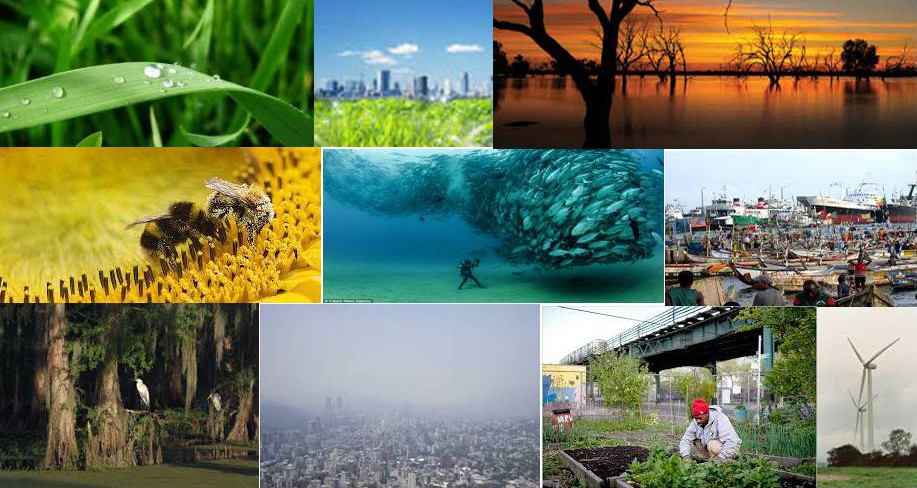What a remarkable article! The authors gave us some serious food for thought about how evaluation of GDP “Growth” is being wrongly evaluated. GDP tends to focus more on spending than on the overall health of a nation. Trillions of dollars are being generated at the expense of the health of the public! The education system is one example that the authors mentioned. US students are being offered credit cards on top of the student loans and are already in a financial pit before they graduate. Yet education is big business bringing in billions in revenue to many educational institutes and banks. Another misconstrued aspect of US GDP “Growth” is the pharmaceutical industry. Americans are unhealthier than ever with a one out of three obesity rate (1999). Despite being unhealthy, there is big business in medicine. Stress leads to prescription of antidepressants like Prozac. Behavioral issues in children lead to prescription of Ritalin and such others. Not to mention major drugs like tamoxifen, the Cancer drug that bring in serious bucks. Most cancers can be attributed to the pollution within America within the air and food we consume.There is a pill for every ailment. This pill pushing that leads to big bucks is harmful to public health, but because it generates big money it is deemed as a factor of GDP “Growth”. We spend so much money on food in America, another billion dollar industry. There are more mystery ingredients within the food we consume than ever. This leads to extreme obesity in American. People who want quick fixes contribute to GDP “Growth” by making cosmetic surgery a billion dollar industry as well. Then the fitness industry also saw a boom in profits as the nation began the health trend. Gyms, personal trainers, fitness videos, and much more have major financial growth as the nation seeks to shape up. Nowadays so much emphasis if placed on appearance many feel the pressure to get fit or go under the knife.
The fact that the authors discussed that impacted me the most was that the United States is no longer a world model and beacon of democracy, but rather a generator of revenue for other economies around the world. Consumer spending is viewed as GDP “Growth, but a country’s value should be a measure of overall health that includes infrastructure, economic growth, and many other factors that are not currently included in evaluating the GDP growth of a country. The USA GDP “Growth” will not be viewed as best in the world if other aspects other than our heavy spending were evaluated.
This was an amazing article. This was written back in 1999 during the Clinton presidency, but accurately describes the state of America now. Poor infrastructure, environmental health, public health, obesity, stress, and debt are what Americans are subjected to, yet major corporation and many times the government and private industry all generate billions and trillions of dollars.
The media should focus on how to get the public aware about pertinent issues such as this rather than Justin Bieber or Kim Kardashian. That is how big business will always control the public because we are consumed with the wrong things like fashion and materialistic wealth rather than the overall health of America.
Rhondalisa Roberts
ECON 2505 Mon 11:30-2:00





